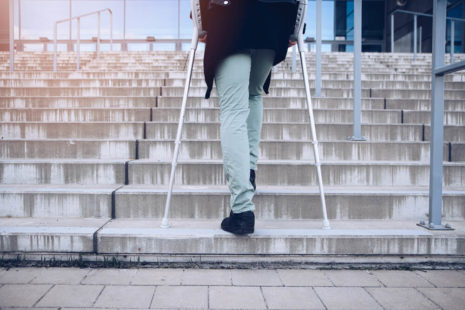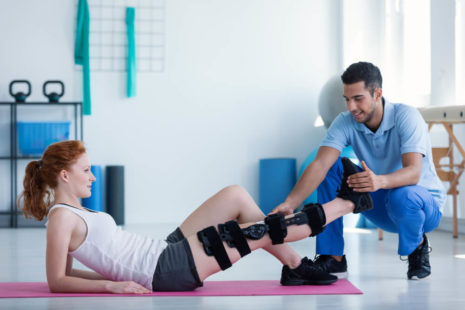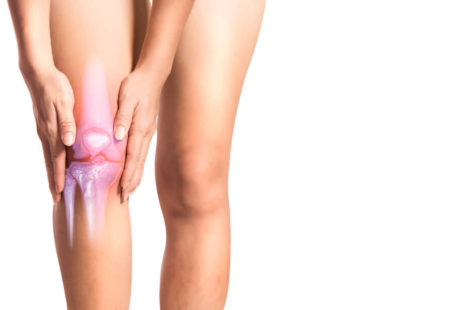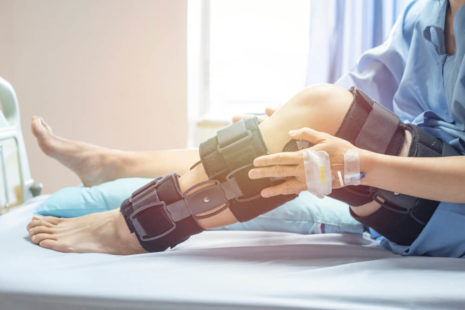
Can I Climb Stairs After ACL Surgery?
The ability to climb stairs after ACL surgery depends on several factors, including the type of surgery performed, the surgeon's recommendations, and your progress in the rehabilitation process. Here are some general…








